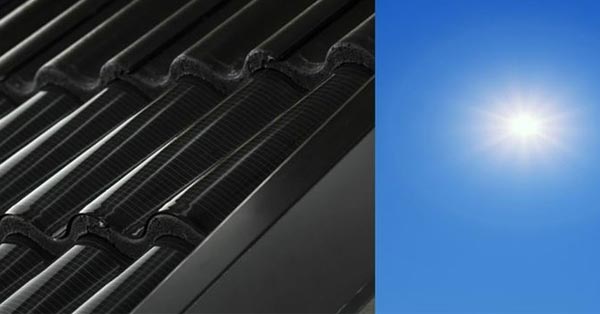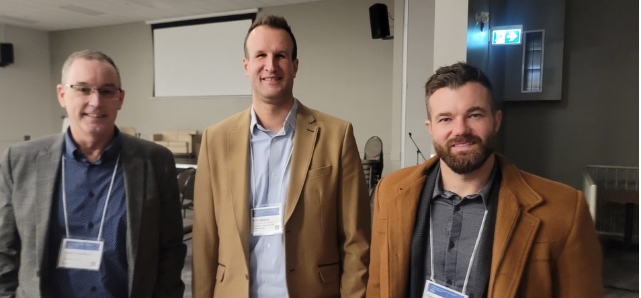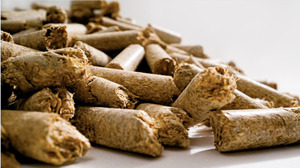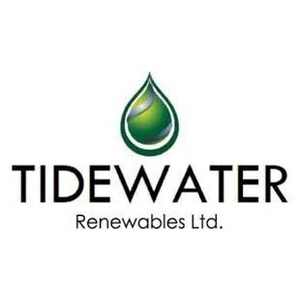Researchers from the Chalmers University of Technology in Sweden have recently developed a new method to recover precious metals from thin-film solar cells efficiently.
While thin-film cells account for less than 10% of the solar cell market, they demonstrate excellent performance under particular conditions and a broader range of applications attributed to their unique merits against conventional silicon-based crystalline cells, such as bendability and adaptability.
The production of CIGS cells, a leading variety of thin-film technology, necessitates a high demand for indium and silver. However, this process generates substantial waste, which includes a combination of precious metals and hazardous substances.

Photo: Chalmers University of Technology
Effectively separating these metals from other substances becomes highly economically and environmentally beneficial, as they can be repurposed for new products.
"It is crucial to remove any contamination and recycle, so that the material becomes as clean as possible again. Until now, high heat and a large amount of chemicals have been used to succeed, which is an expensive process that is also not environmentally friendly", said Ioanna Teknetzi, a Ph.D. student at the Department of Chemistry and Chemical Engineering, who, together with Dr. Burcak Ebin and Dr. Stellan Holgersson published the new study in the journal Solar Energy Materials and Solar Cells.
The researchers considered both the purity of the recovered materials and the environmental impact during the recycling process. To accomplish this, they used a method called leaching to separate the metals in the cells. This method consumes much fewer chemicals than traditional methods, making the process "milder" on the environment. Additionally, the researchers have fine-tuned the process to minimize impurities in the recovered indium and silver.
The study showed that it is possible to recover 100% of the silver and about 85% of the indium, which took place at room temperature without adding heat. While it required one day to complete, which is slightly longer than traditional methods, it is more cost-effective and better for the environment.
"Our hopes are that our research can be used as a reference to optimise the recycling process and pave the way for using the method on a larger scale in the future," said Dr. Burcak Ebin.
Details about the study and the new method can be found in this journal.







